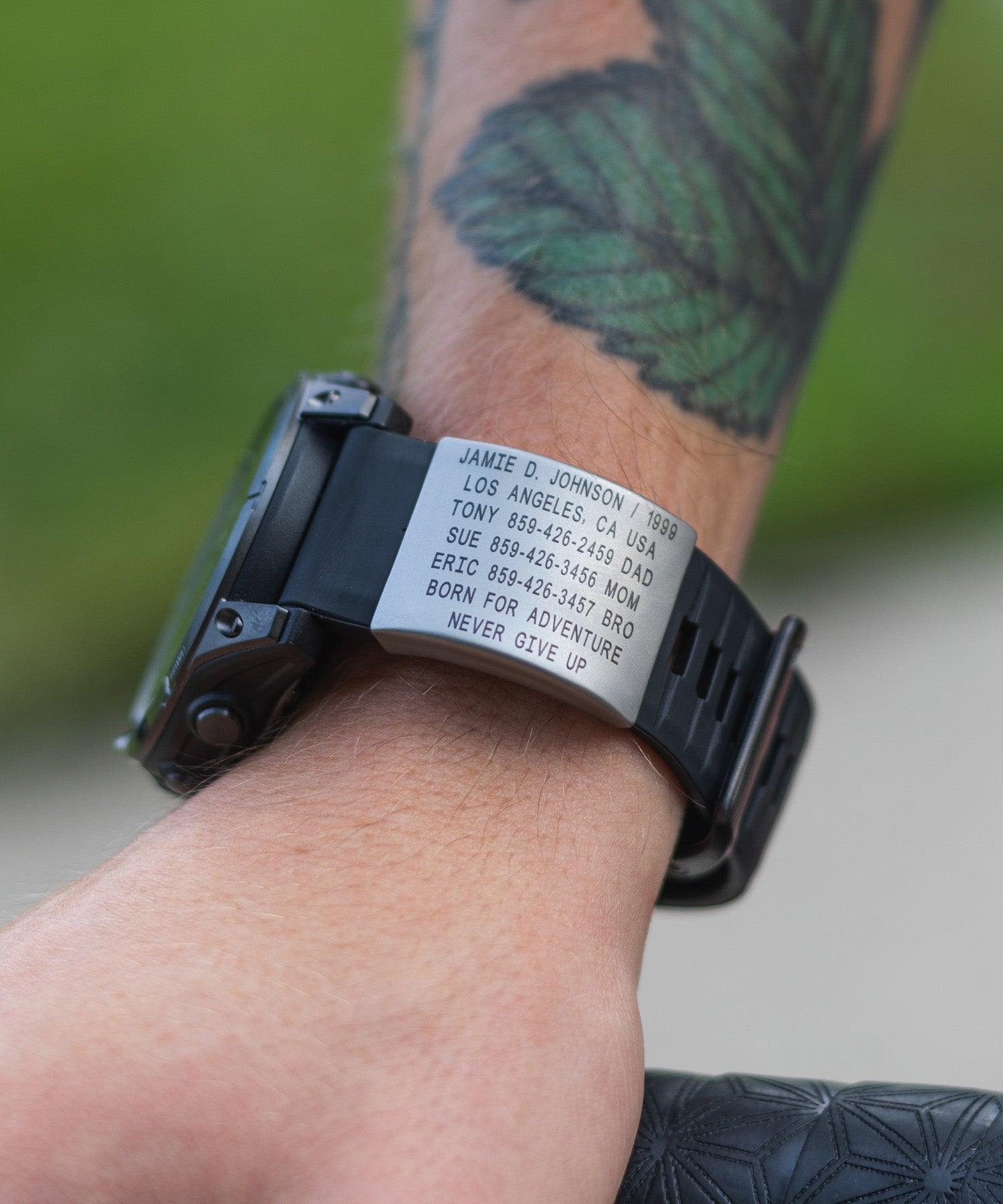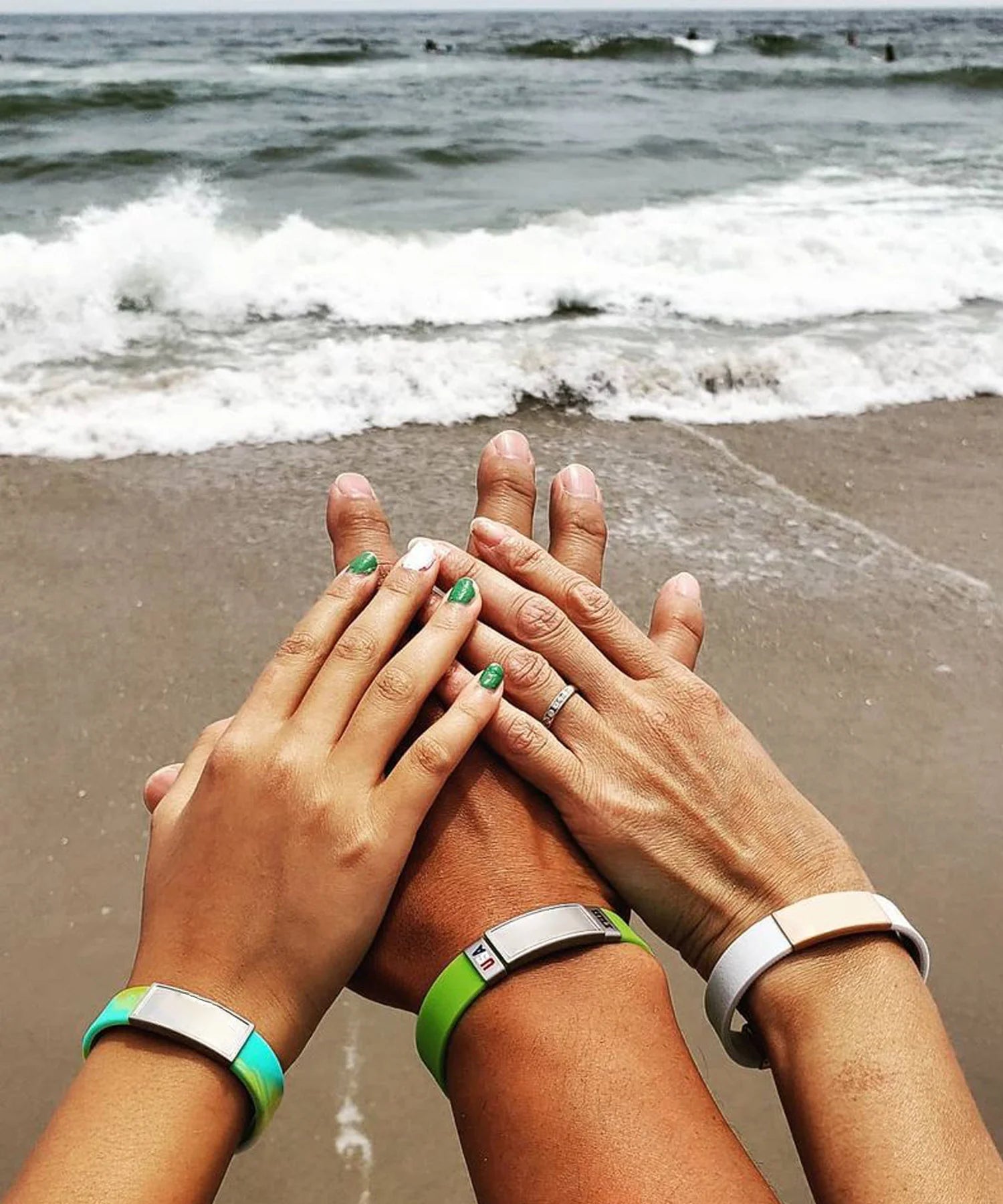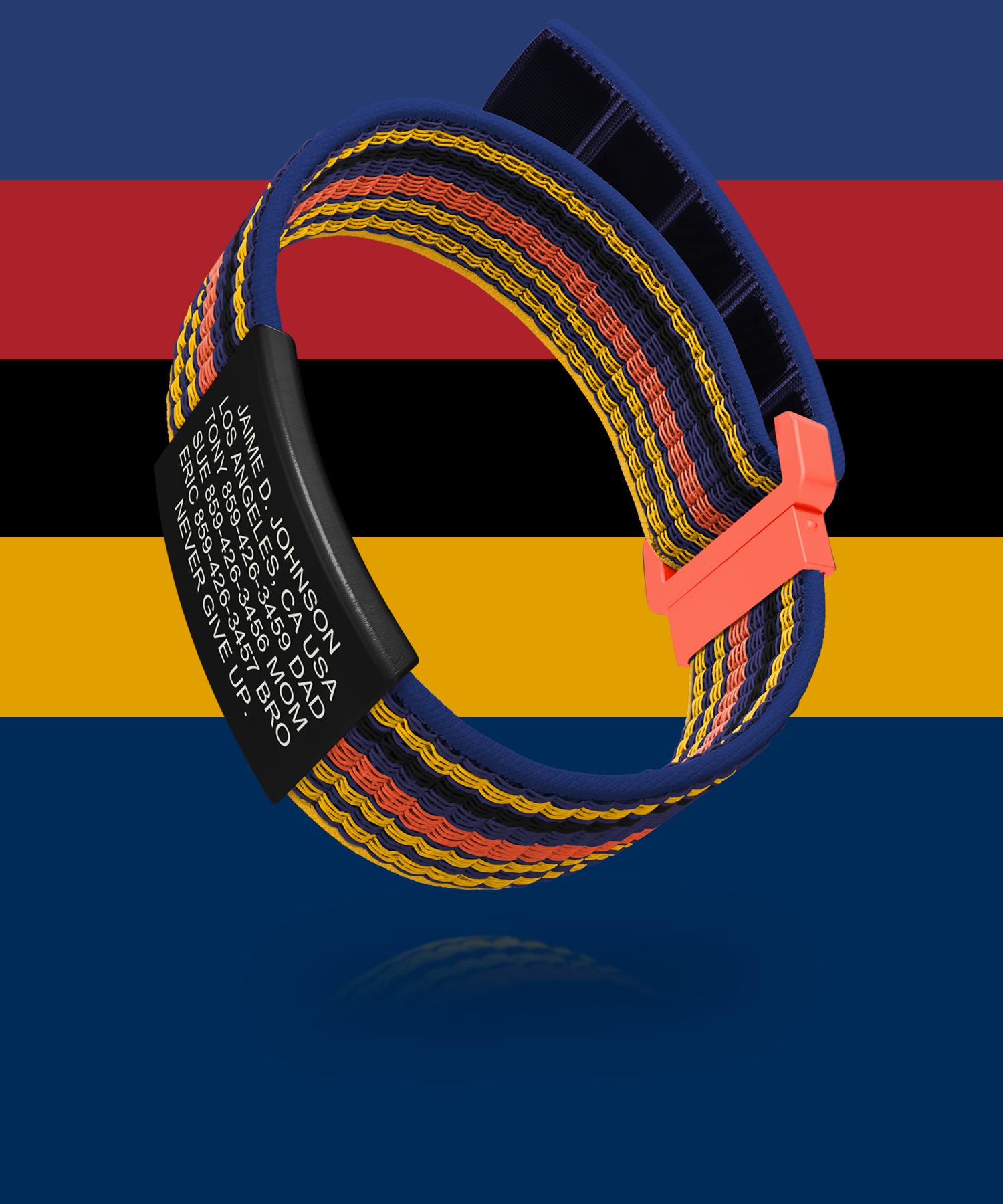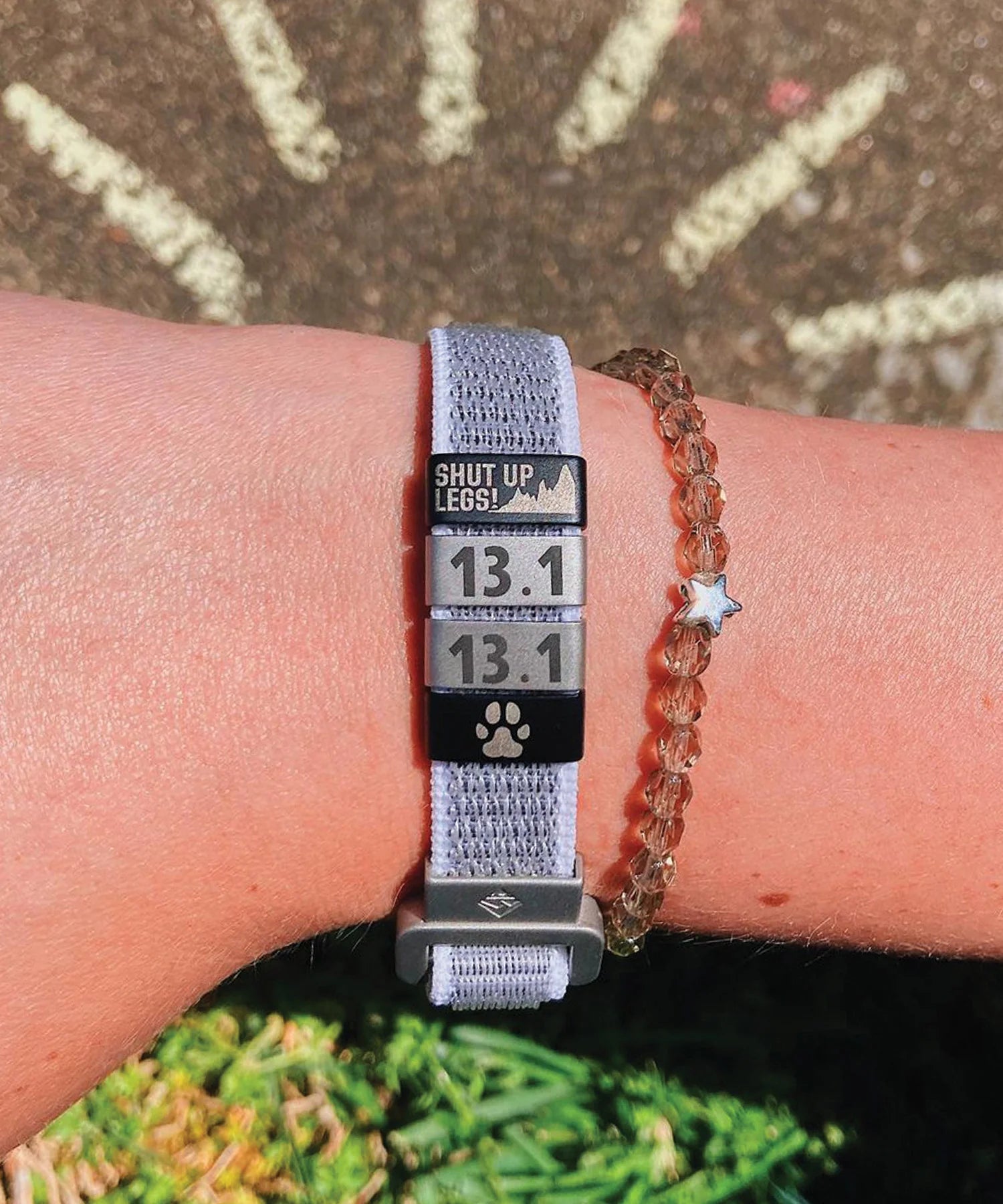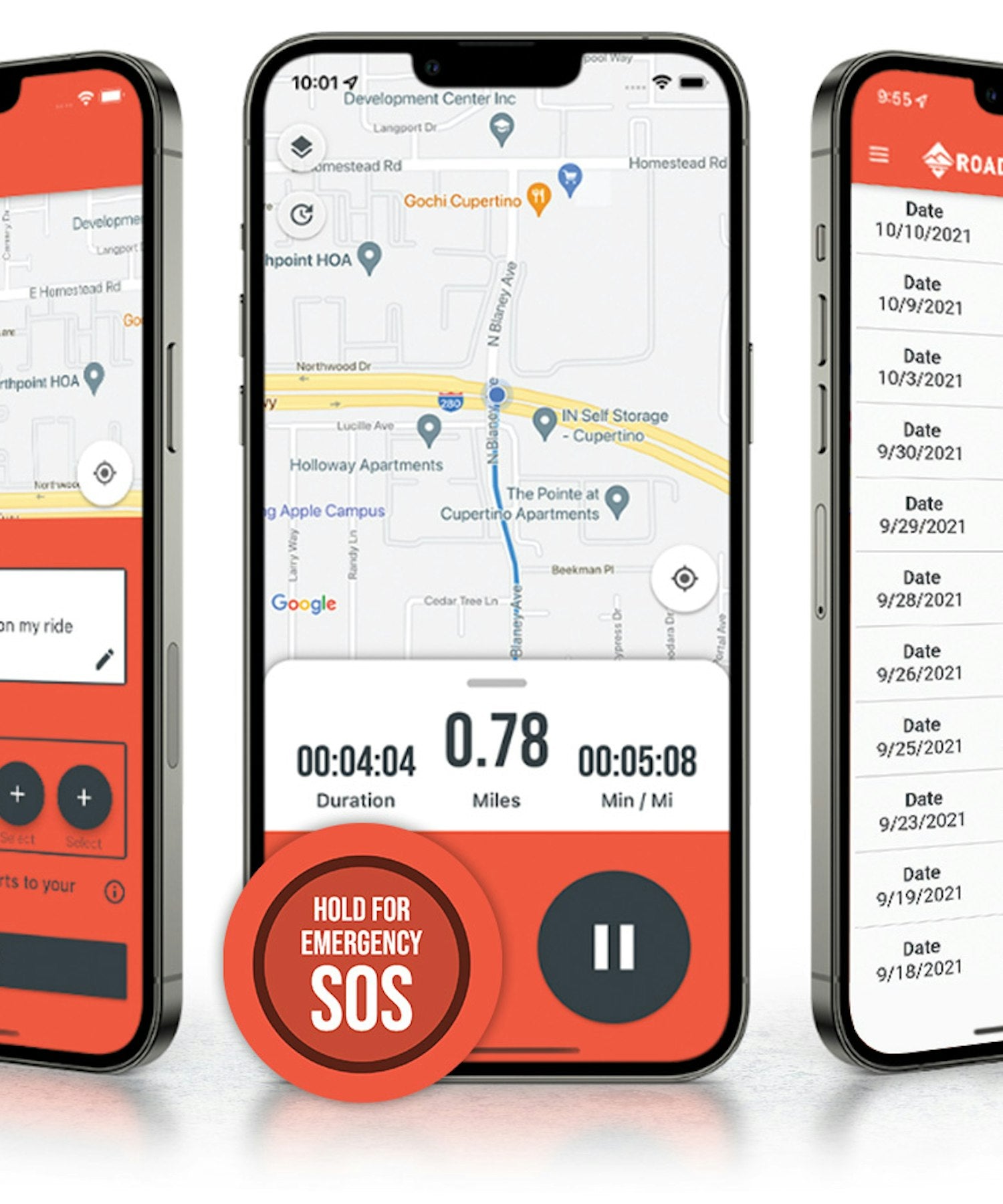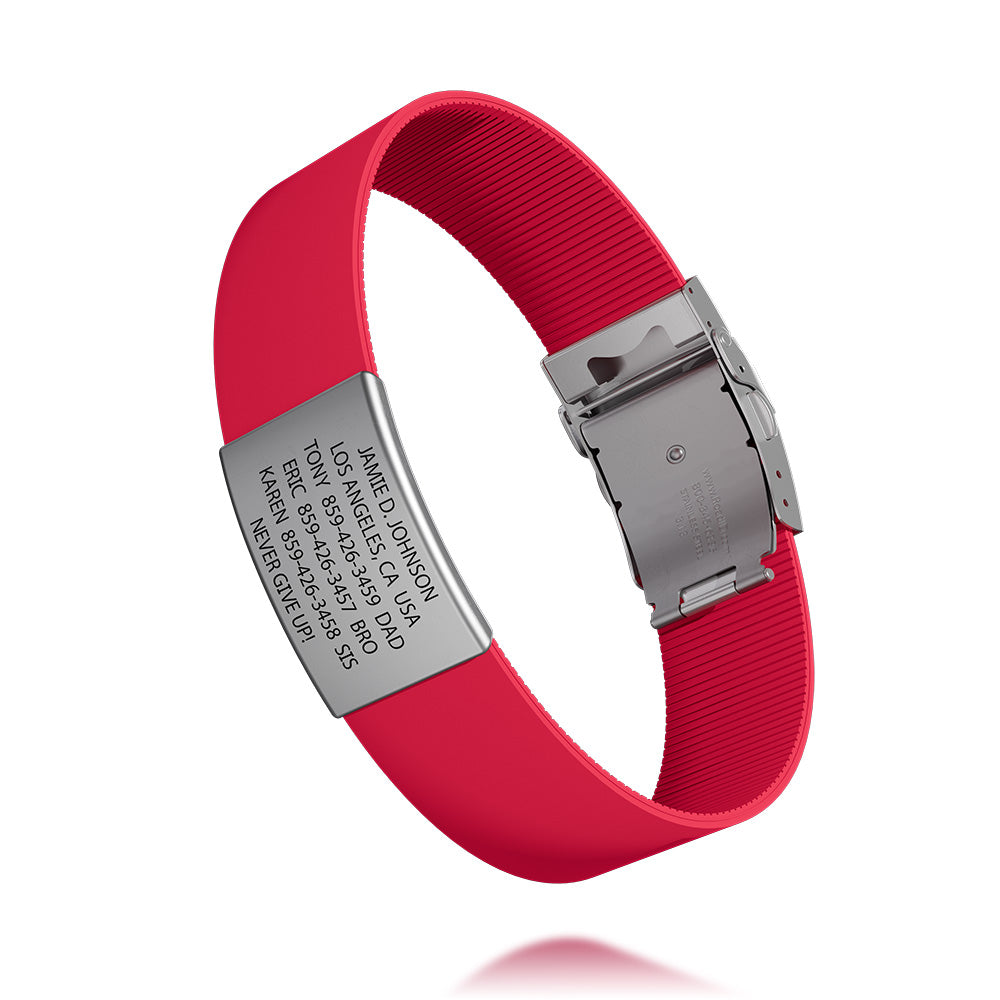When Matt Bonafede's father was in a serious bike accident, his mother was notified almost immediately thanks to the ROAD iD medical bracelet he was wearing at the time - and the emergency professional who took the time to make the call. "That was pretty rad," says Bonafede. He should know. He is Captain One with the Los Angeles City Fire Department and has been working in emergency medicine for more than 20 years.
Priorities
As a first responder, Bonafede says his first priority is patient care. Emergency professionals may not always have the time to call an emergency contact at the scene of an accident, but they do look for, use, and appreciate medical alert bracelet information, especially if a person is alone and not able to communicate.

"We try to find out a person's name," says Bonafede. "If they're unable to tell us, we look to the people that are standing around them. If nobody knows them, we will look over their general person, go through their pockets, look through their wallet, purse, or backpack. If we see a bracelet, we'll flip it over and read it. We'll also look at phones for emergency contact information." If first responders aren't able to get a person's name, the police usually step in to help identify a person and contact their loved ones.
What Does an EMT Like to See?
So what does an EMT like to see listed on a medical ID? Bonafede says name and contact information, medication allergies, and health conditions like diabetes or heart issues are most important. First responders will be able to figure out most major conditions through their own assessment but having this information at their fingertips offers a welcome shortcut.
Vital Medical History
Medical information can also help them piece together an accident scene more quickly. "In my dad's case, just because he crashed on his bicycle doesn't mean that it was a mechanical issue," he says.
Knowing about a heart condition, for instance, helps them answer if the accident caused the trauma or if the trauma caused the accident.
It's also helpful to list your birthday on your medical bracelets, says Bonafede. "Depending on the call type, age may play a factor in how we're going to treat the patient."
Communicates For You
 If you need to be transferred to a hospital, more detailed information on an ID can continue to be helpful. A medical bracelet can also help a bystander communicate medical conditions to a 911 operator before the EMTs even arrive.
If you need to be transferred to a hospital, more detailed information on an ID can continue to be helpful. A medical bracelet can also help a bystander communicate medical conditions to a 911 operator before the EMTs even arrive.
Bonafede points out that medical alert bracelets are only a great tool if people remember to wear them. "We can never engineer human out of anything — we just forget sometimes," he says. If you're a cyclist like his dad, he recommends getting an ID for your bike. Or clipping one permanently to your running shoes or hiking gear. That way, your information will always be with you even if you forget to put on an ID. "It's old-school tech — something that doesn't rely on a battery."




